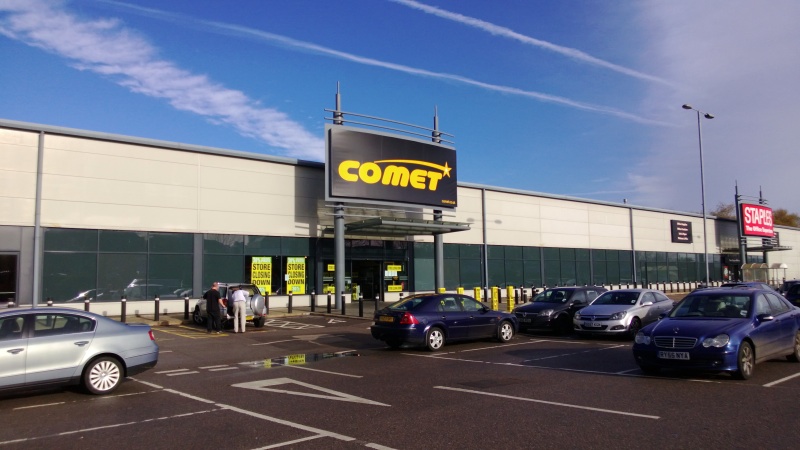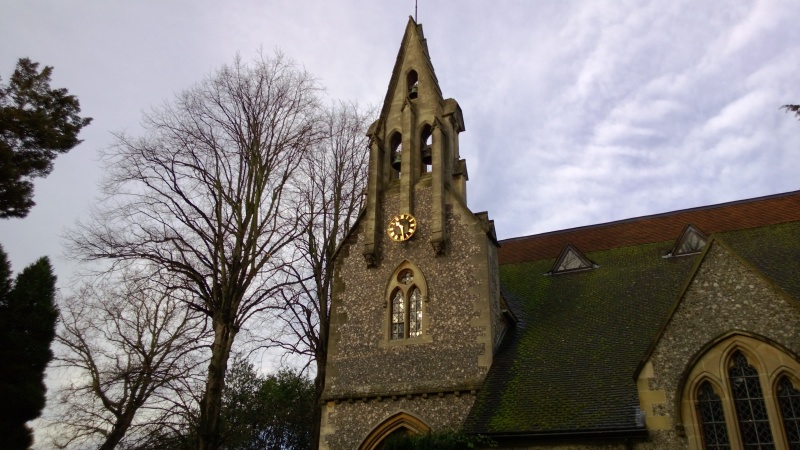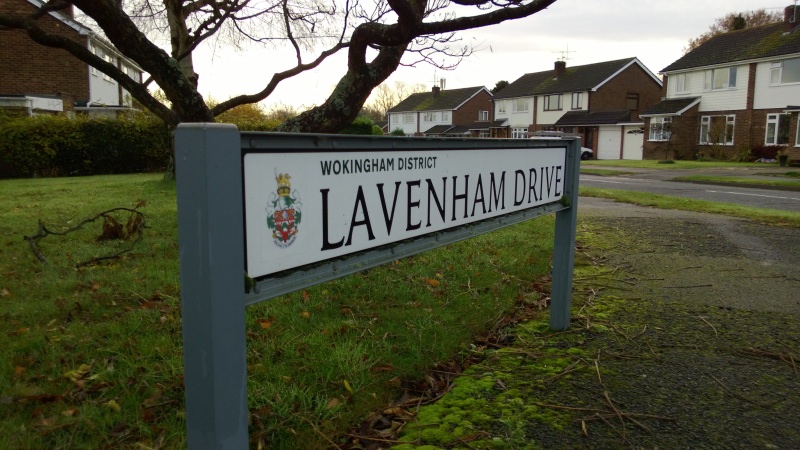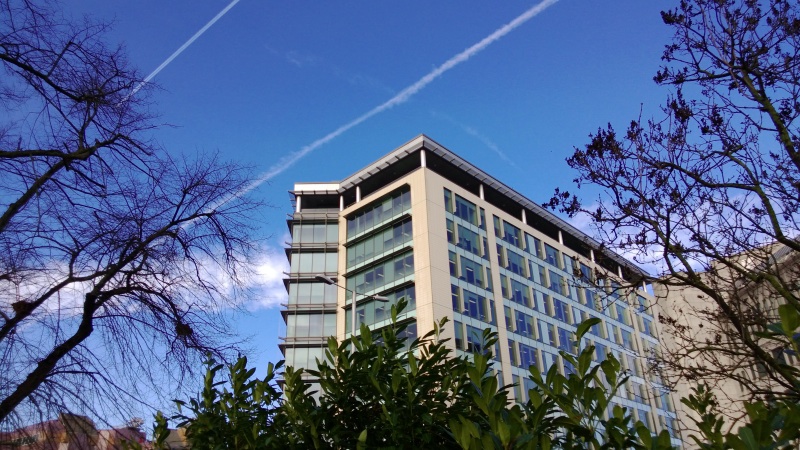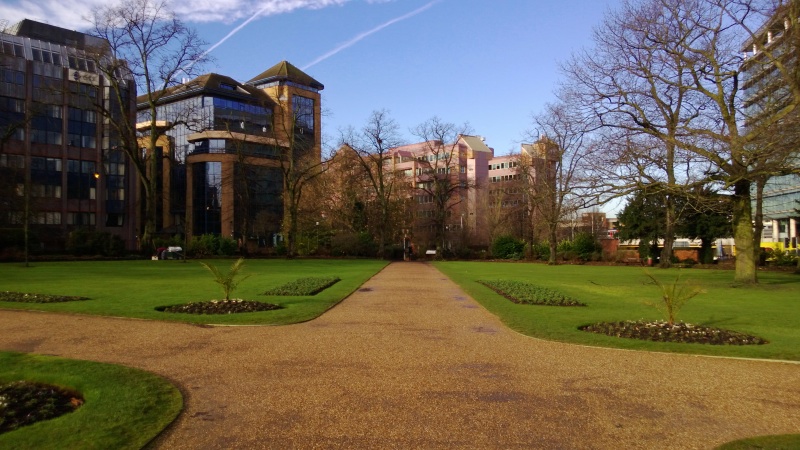Before getting started, you may well ask why this isn't a Nokia 808 PureView vs Lumia 920 ('with PureView') shoot out - after all the 808 is by far the newest Symbian phone with the highest specced camera? For two very good reasons:
We've already done that, effectively, as part of our four way test: 808 vs Lumia 920, plus the HTC One X and Lumia 900 (spolier: the 808 came out on top)
The Nokia 808 PureView's dominance in the world of camera-toting smartphones is uncontested, though its use of Symbian OS was controversial at launch. Anyone who wants the biggest and best cameraphone will have already bought it, plus any Symbian fans will also probably have it already, as the latest and fastest (and biggest) Symbian device on the planet.
Leaving the N8 vs the Lumia 920. 2010 vs 2012/2013, raw sensor size (1/1.8") and proper Xenon flash versus optical image stabilisation. It should be an interesting battle, and you should know by the end the pros and cons (from a stills camera point of view) of perhaps upgrading an N8 to a Lumia 920.
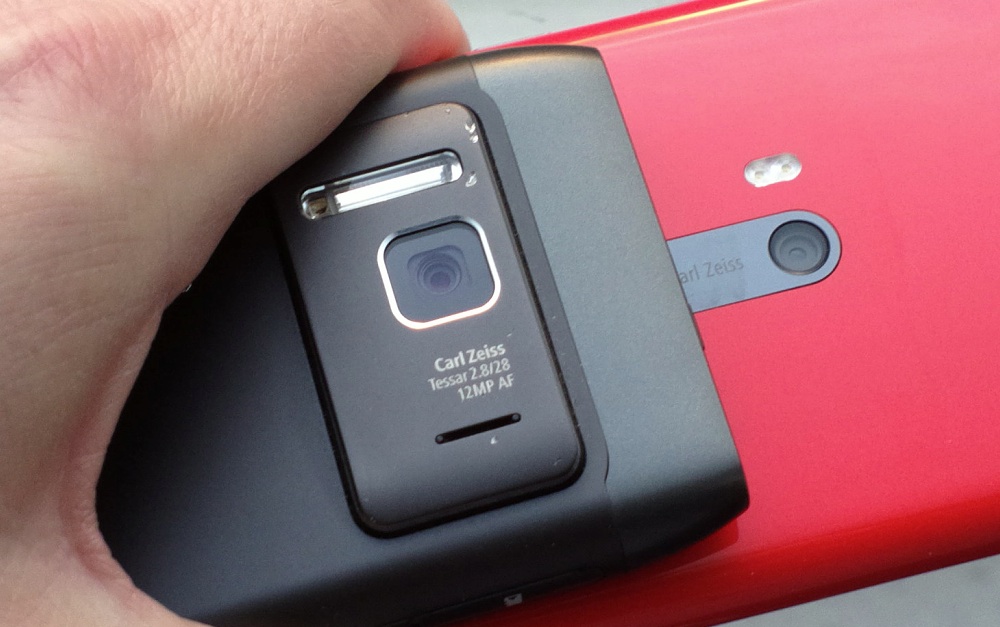
The methodology here is to take (in this case) nine use cases/scenarios, with different subjects and lighting conditions, show the full image from the new Lumia 920 and then crop in to show relevant central detail and/or differences in the shots from the two camera phones, with the N8 shooting in '9 megapixel, widescreen' mode and the 920 in its default '7 megapixel, 16:9' mode.
There's therefore a slight resolution advantage to the N8, right off the bat and helped by the larger sensor with larger pixels, but will the 920's OIS help level the playing field?
For each test, to help keep score, I'll give each shot a score out of 10 for accurate detail and colouring.
Test 1: bright sunshine, distant detail
In this case, the beleaguered UK retail chain Comet. Here's the full Lumia 920 shot, feel free to click to download the original JPG for further examination:
So there's detail needed here, of the store front and signage, plus bright light to handle. Here are the central crops from the Nokia N8 and Lumia 920 takes on the scene, side by side. In that order, so the N8 crop will, in this article, always be on the left, and the Lumia 920 crop will be on the right:
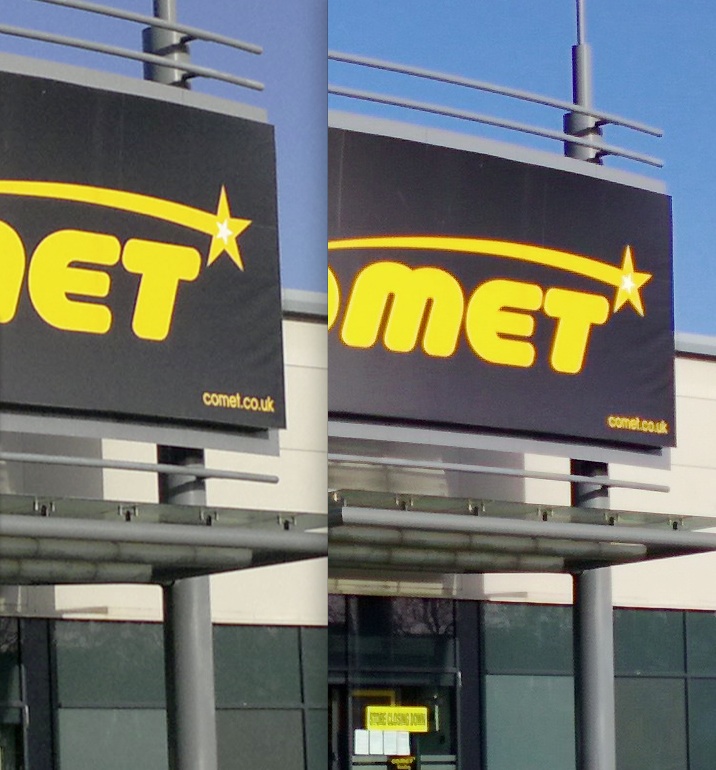
In very good light, shutter speeds will be fast and I wouldn't expect any advantage to be gained from OIS. Accordingly, the N8 photo has slightly better detail from its superior optics, though it's telling that you have to crop in to this degree to be able to see any difference between the two shots.
Nokia N8: 9 points, Nokia Lumia 920: 8 points.
Test 2: murky lighting, distant detail
A gloomy day, spitting with rain, with a shot of a church, specifically focussing on the clock face and surroundings. Here's the full Lumia 920 shot, feel free to click to download the original JPG for further examination:
So a challenging job to make sense of so much texture in such bad light (the 920 made it look brighter than it actually was). Here are the central crops from the Nokia N8 and Lumia 920 takes on the scene, side by side. N8 on the left, and Lumia 920 on the right:
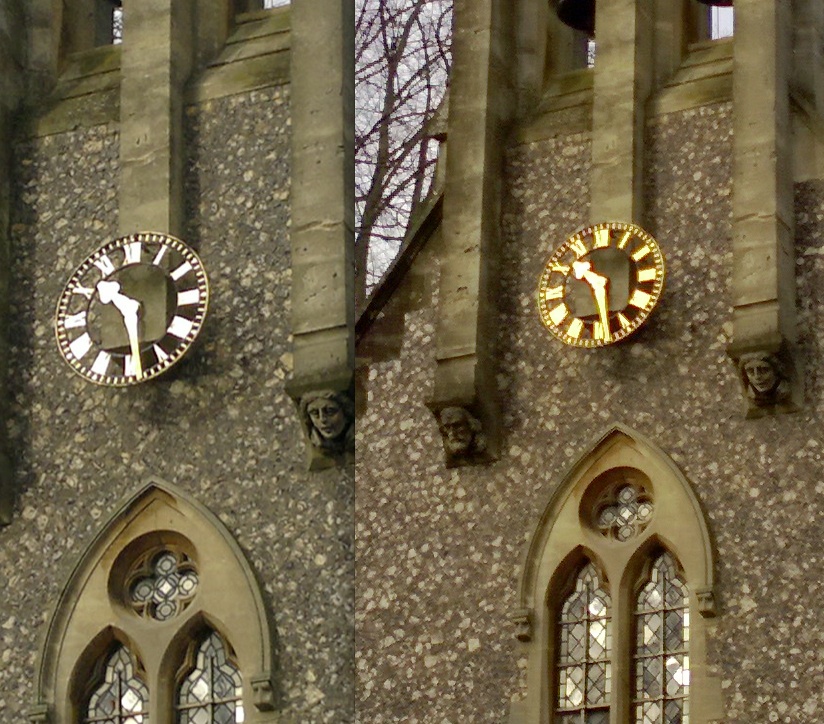
By the way, for those wanting to complain that the crop areas aren't exact matches, the two cameraphone have different fields of view, so cropping in by 4x on each will result in a slightly wider angle (in this case, on the Lumia 920). The detail on the stonework and windows is very similar, perhaps a touch better on the N8's image, but then the clock roman numerals are blown out more in the N8 photo, plus the clock colour is better on the Lumia 920.
So we still haven't got close to really needing the OIS, though admittedly the N8 is a very well balanced camera phone and, in my hands, it's pretty steady(!)
Nokia N8: 8 points, Nokia Lumia 920: 8 points.
Test 3: indoors, artificial lighting, subject at 2 metres
A shop display under fluorescent lights, with plenty of detail on a selection of globes. Here's the full Lumia 920 shot, feel free to click to download the original JPG for further examination:
Masses of detail for the determined cropper like me - and I go in a long way this time, since there's plenty to see! Here are the central crops from the Nokia N8 and Lumia 920 takes on the scene, side by side. N8 on the left, and Lumia 920 on the right:
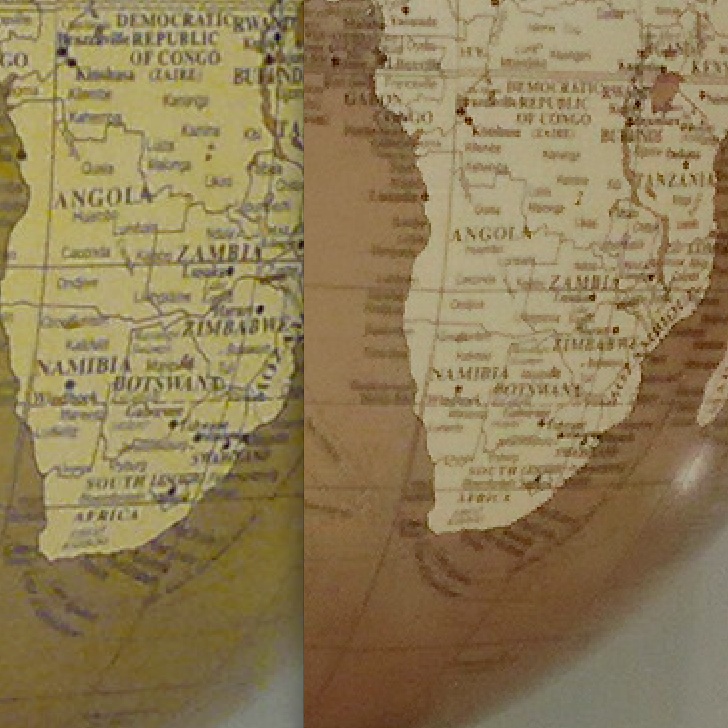
Again, there's still enough light for the OIS to not be a factor, reducing this test shot to a trial of resolution and raw sensor/optics capability. The N8 shot has dramatically better detail, with much of the globe text readable, whereas the 920's image appears 'fuzzy', typical of over-zealous noise reduction and edge enhancement. See also the artificial-looking coastline of South Africa on the right hand crop.
On the other hand, the 920's image has more accurate colouration (to my eyes, comparing with the real thing). A win for the N8 overall though.
Nokia N8: 8 points, Nokia Lumia 920: 6 points.
Test 4: indoors, low lighting, automatic flash, human subject at 1 metre
The archetypal low light event/party/indoors shot, with Neil, my subject, not trying to hold a pose but also not making any quick movements (as you'd get in a party situation with people dancing or larking around!) Here's the full Lumia 920 shot, feel free to click to download the original JPG for further examination:
Flash was left on 'auto' and it fired for both phones. Here are the central crops, side by side. N8 left, and Lumia 920 right:
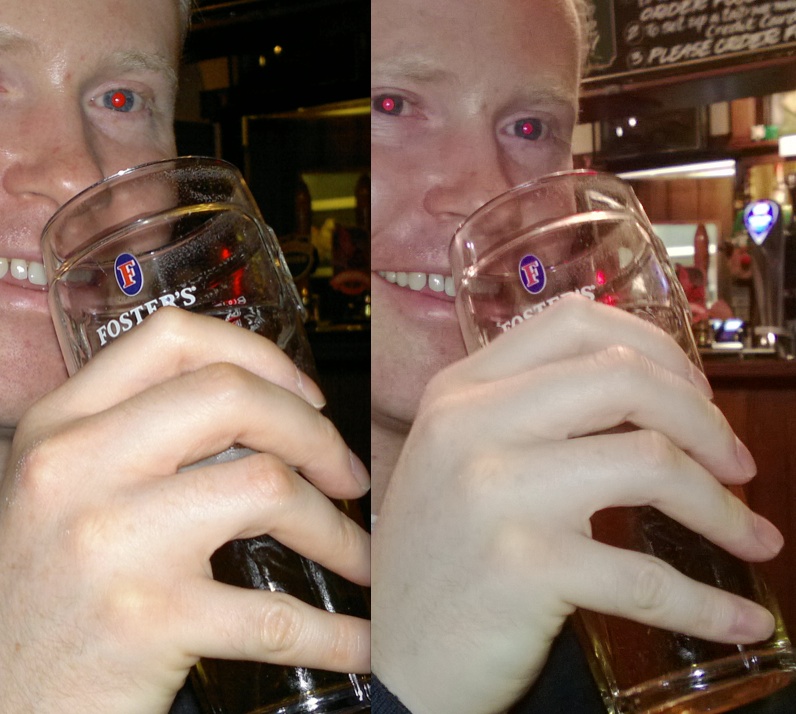
Now we're well into interesting territory. On the one hand we have a super Xenon-flash-lit, super-crisp subject from the N8, with the only downside being that the flash dominates the exposure and the background is far too dark. A typical Xenon shot. On the other, with the 920, we have a OIS shot such that there's no camera shake for the 1/25th of a second the shutter was open. There's a very slight motion blur on the human subject and there's an excellent atmospheric background (with artistic bokeh) too.
The photo purist might go for the N8 version, as it's 100% crisp, but most people would go for the 920's shot, as it includes context as well.
Nokia N8: 8 points, Nokia Lumia 920: 9 points.
Test 5: indoors, low lighting, automatic flash, fast moving human subject
Another archetypal low light event/party/indoors shot, this time with me making a typical movement (raising my beer to say 'cheers'!) Here's the full Lumia 920 shot, feel free to click to download the original JPG for further examination:
We tried to time it so that the shot was taken at the same point in the movement in both photos, but the match is of course not perfect! Flash was left on 'auto' and it fired for both phones. Here are the central crops, side by side. N8 left, and Lumia 920 right:
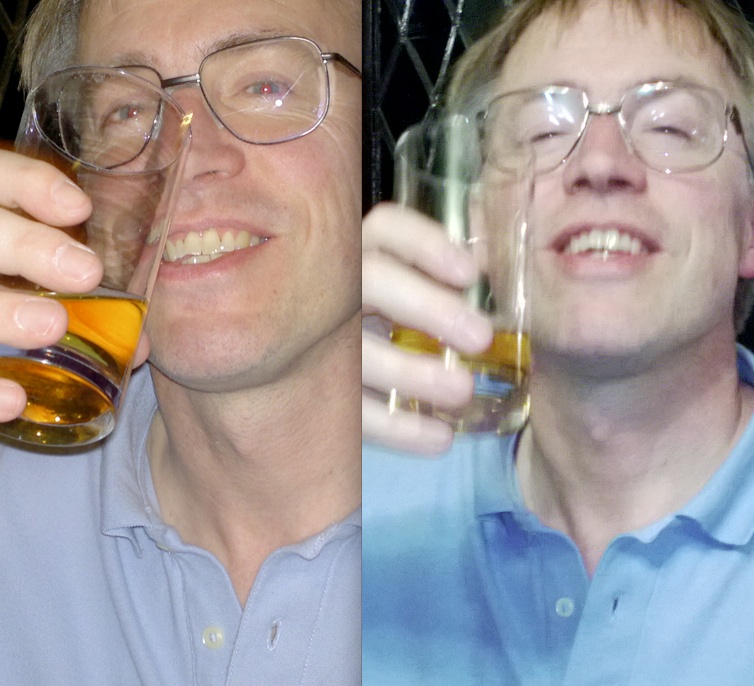
Right, this is where only Xenon flash will do. The OIS in the Lumia 920 may well be keeping the camera still, but if the subject is moving then the result will still be a blur with LED flash. Never mind that the background is darkish, the N8 with Xenon did its usual amazing job of providing a crisp image with super detail.
Nokia N8: 9 points, Nokia Lumia 920: 4 points.
Test 6: very dark, only minor artificial light, no flash, landscape scene
A very challenging scene to get right, especially handheld, as here. This, in theory, should be an easy win for the Lumia 920 with its optical image stabilisation, enabling it to leave the shutter open for much longer and to keep the image from being motion blurred. Here's the full Lumia 920 shot, feel free to click to download the original JPG for further examination:
Normally, for such a scene, I'd put a camera phone on 'night mode' and rest it on a tripod or wall, but here I was trying it handheld, on auto-everything, as a typical user might. Here are the central crops, side by side. N8 left, and Lumia 920 right:
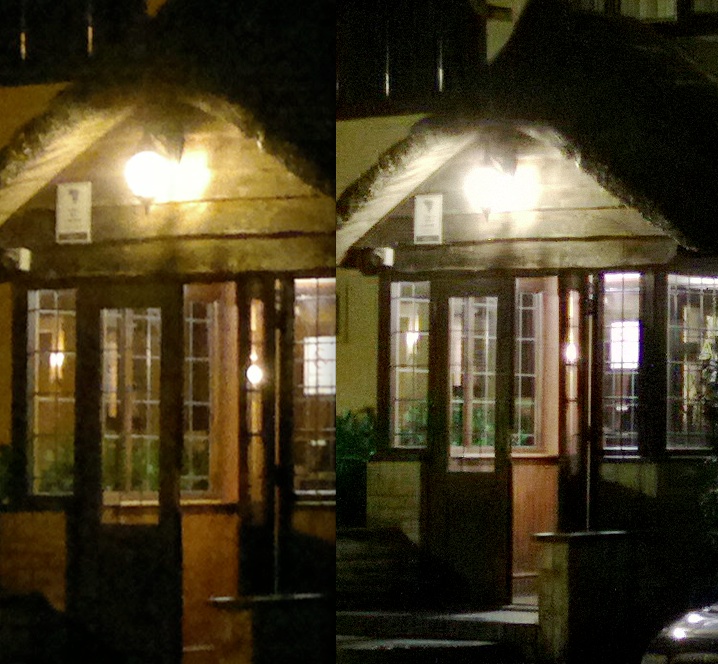
The biggest takeaway here is how well the N8 does, considering that I was shooting handheld. Exposure time was 1/8th of a second. As I say, I think it's party how well balanced the N8 is and how experienced I am at using it(!) Regardless, the Lumia 920 photo is slightly better, despite the smaller sensor, with the OIS making sure that the 1/6th of a second exposure didn't incur any camera shake - the crispness in the detail is enviable (look at the way you can see the panels of wood inside the porch) and even the digital noise is understandable. In contrast, the N8's image is blurrier and blotchier. And I never thought I'd hear myself say that about an N8 photo....
Nokia N8: 7 points, Nokia Lumia 920: 10 points.
Test 7: challenging lighting, typical foreground detail
One typical scenario is where the normob user shoots into the brightest part of the sky, giving the camera phone a hard job to pull maximum detail out of a foreground subject. Here's the full Lumia 920 shot, feel free to click to download the original JPG for further examination:
The crest on the sign is a good point to pull detail from. Here are the central crops, side by side. N8 left, and Lumia 920 right:
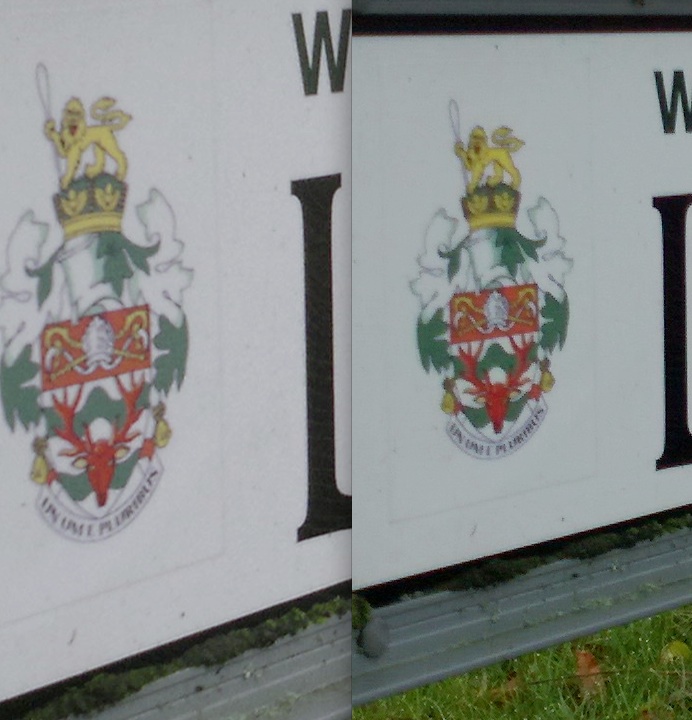
This comparison is rather telling in that there doesn't really seem to be any difference between the detail captured from the two devices other than the effects of the extra processing happening on the Lumia 920. The N8, famously, doesn't use image processing at all - what you snap is what you get. Most users would respond well to the enhancement applied by the Lumia 920 though.
Nokia N8: 7 points, Nokia Lumia 920: 8 points.
Test 8: good lighting, geometrical subject
One scenario where I'd observed the Lumia 920's image processing to struggle is when the subject, in good light, has straight lines and extremes of contrast. In this case, a sunlit office block. Here's the full Lumia 920 shot, feel free to click to download the original JPG for further examination:
Plenty of lined texture and angles to crop in on! Here are the central crops, side by side. N8 left, and Lumia 920 right:
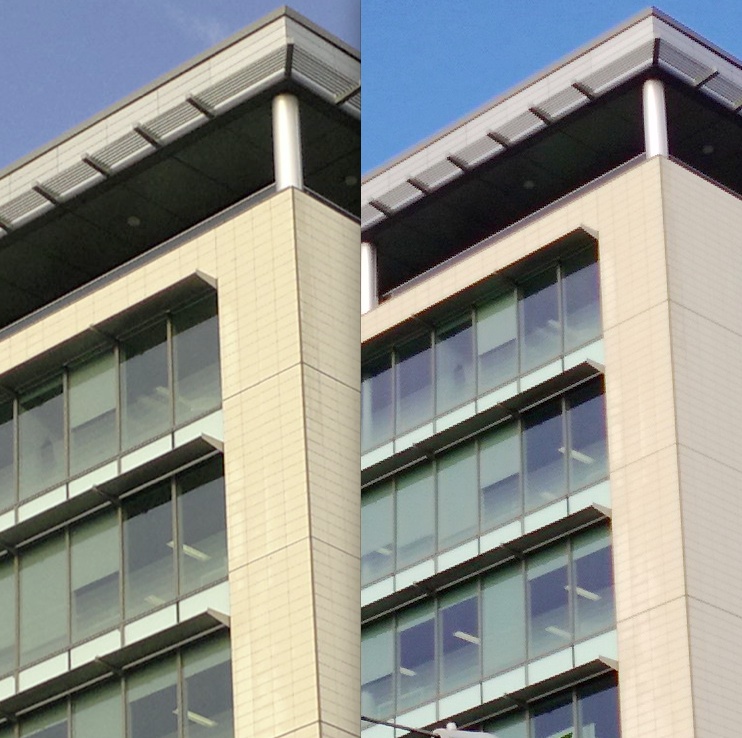
Although the Lumia 920's image is quite decent when viewed on-screen, as is, once you crop in you can see the effects I mentioned above. The panelled building sides are much cleaner on the N8 photo, while there's a definite 'fuzz' to thin edges on the 920's image, exemplified by the loss of definition in the grid of wires near the top edge of the office. Maybe I'm being picky, but hey, this is a detailed head to head and that's what I'm here for!
Nokia N8: 9 points, Nokia Lumia 920: 7 points.
Test 9: good lighting, natural subject
What, then, about taking a natural subject, full of curves, greenery and far less straight lines? Here's the full Lumia 920 shot, feel free to click to download the original JPG for further examination:
A very realistic mix of material to capture here. Here are the central crops, side by side. N8 left, and Lumia 920 right:
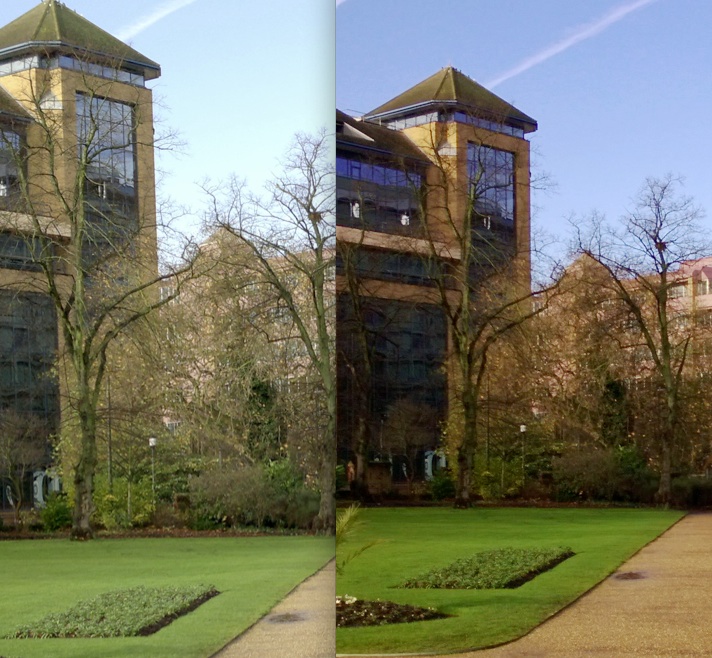
Perhaps, more than any other shot here, this exemplifies what many people will make of the Lumia 920's photos. Yes, if I crop in to see every last pixel, the N8 image is slightly better, with more detail. But, for once, I've not cropped in quite so savagely. Taking this part-crop, the colours and contrast in the Lumia 920's photo immediately impress. Even the sky is bluer in Windows Phone land, it seems(!)
Nokia N8: 8 points, Nokia Lumia 920: 9 points.
In summary
Adding up the points above (out of 90), we have the Nokia N8 with 73 and the Lumia 920 with 69, so a win for the older, Symbian-powered imaging smartphone, but by a narrower margin than I'd have thought, based on the raw specifications.
Now, I'd taken a wide range of subjects and conditions but there are two other things to bear in mind, which are somewhat at odds with each other but well worth emphasising:
- If the user takes a lot of indoor photos of people then the N8 would score better as the Xenon flash would light moving subjects better
- If the user is not an experienced, careful camera phone user (like me) then there's a fair chance that many shots would be affected by camera shake and here the OIS in the Lumia 920 would help enormously.
In addition, there are two extra factors which add weight to the Lumia 920's claim for a win here:
- flexibility in what to do with photos - Windows Phone 8 (despite some of its other failings) is pretty good at letting you share images online or send them on to contacts. In contrast, sharing is slightly clunky on Symbian unless you really know what you're doing or are prepared to slum it with Nokia Social.
- the size, brightness and conrast of the Lumia 920's display, for looking at what you just captured, knock spots off the first gen AMOLED screen on the N8 (which doesn't even have CBD tech, remember, with the hardware dating from early 2010)
The big question we started this feature with was "I have a Nokia N8 and love the camera - if I did switch to a Lumia 920, would I be disappointed in the camera?"
I have to say that, based on my tests above, unless you take a lot of low light shots of moving people then the answer would be no, you won't be disappointed. The Lumia 920's camera isn't really a leap upwards in quality from the 2010 imaging king, but then neither is it much of a downwards step, as is true of the rest of the competition (e.g. iPhone 5, Galaxy S III), Nokia 808-aside, of course.
Which leaves other aspects of the various devices as the deciding factor. Watch All About Windows Phone over the next few months for a wealth of coverage of the Windows Phone 8 operating system - the question of how well (or badly) it could replace Symbian OS is another, much larger question than the specific camera focus here.

